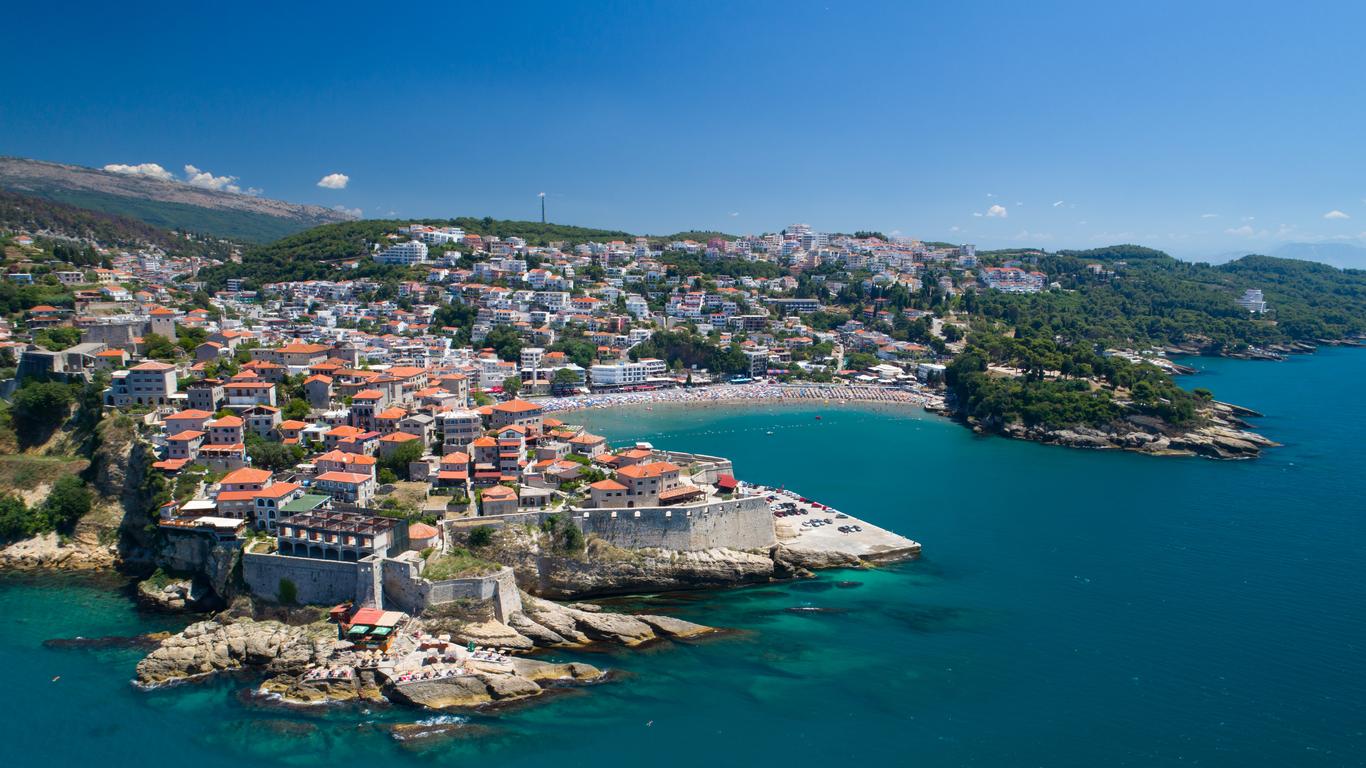One of the oldest settlements on the Adriatic coast, Ulcinj lies just a stone’s throw from Montenegro’s border with Albania. It was founded in the 5th century BC and was taken by the Romans before becoming a base for piracy as part of the Byzantine Empire. The Venetians and Ottomans have also left their mark on the town, which centres around a two-millennia-old castle.
Things to do in Ulcinj
Take a step back in time at the Museum of Local History, which houses a fascinating collection of archaeological and ethnographic objects from Ulcinj’s past. It occupies the Church-Mosque, a 16th-century Venetian-built church that was transformed into a mosque by the Ottomans. Browse the ancient Greek ceramics, Roman coins and traditional costumes on display, together with local handicrafts.
The Church-Mosque of Ulcinj forms part of Ulcinj Castle, an ancient neighbourhood that was originally established by the Illyrians and Ancient Greeks. It has been restored and expanded over the centuries, with major changes made by the Serbs, Venetians and Ottomans. Highlights include the Palace of Venice and the Tower of the Balšić, which now houses the Museum of Local History’s art collection.
Ulcinj is a popular base for exploring Montenegro’s south coast, where you’ll find beautiful beaches and sunken cities. You can learn to kitesurf at Ada Bojana and Velika Plaža, cycle through the olive groves of Valdanos or go fishing at Lake Skadar. On the eastern outskirts of Ulcinj is a former salt harvesting site that has become a haven for flamingos.
Getting around Ulcinj
Ulcinj is around 1.5 hours’ drive from Podgorica and Podgorica Airport, which has flights to destinations across Europe. Buses connect Ulcinj to towns and cities across Montenegro while the centre of town is compact enough to explore on foot.





